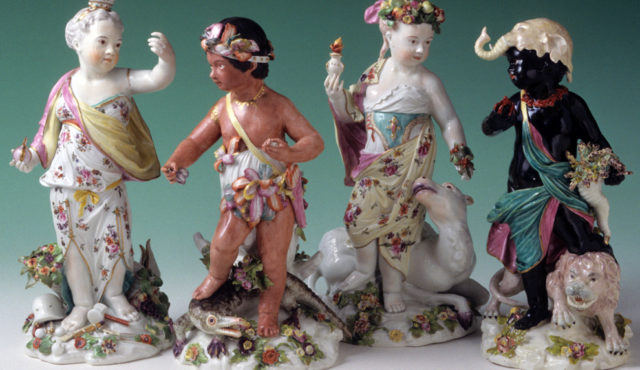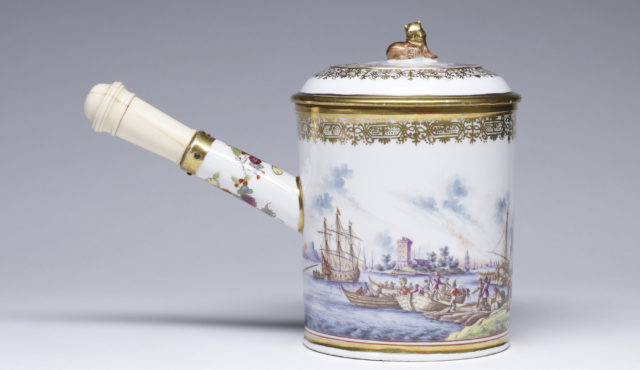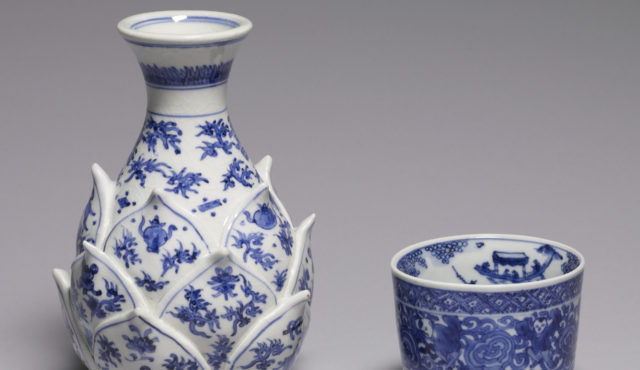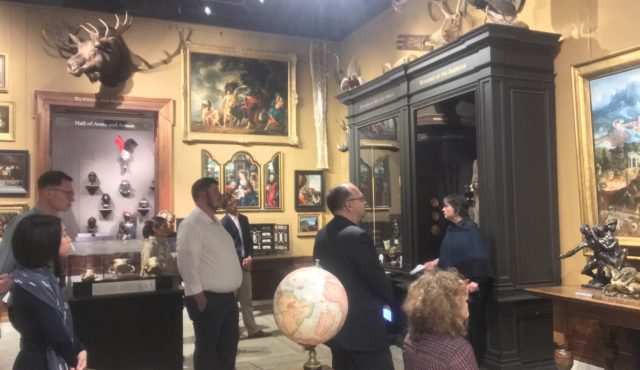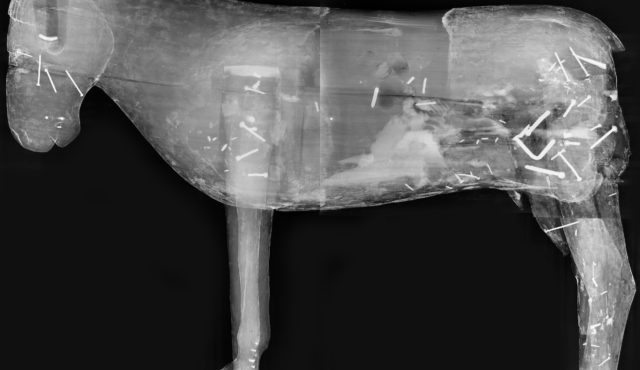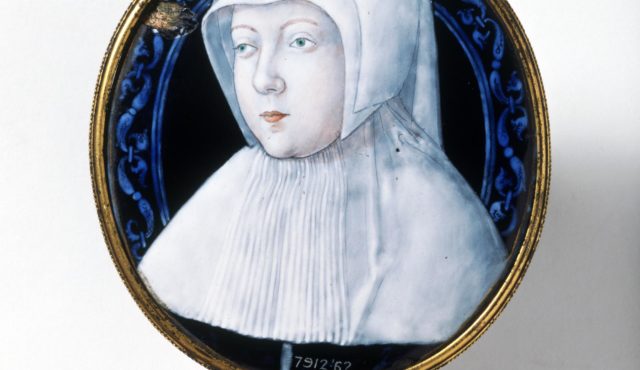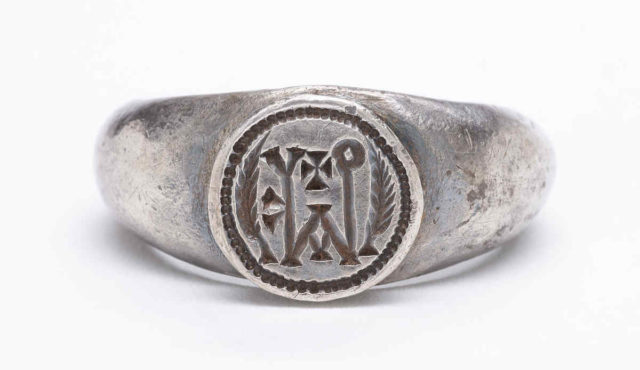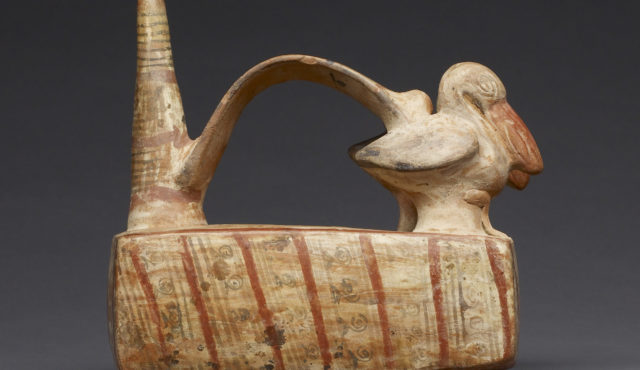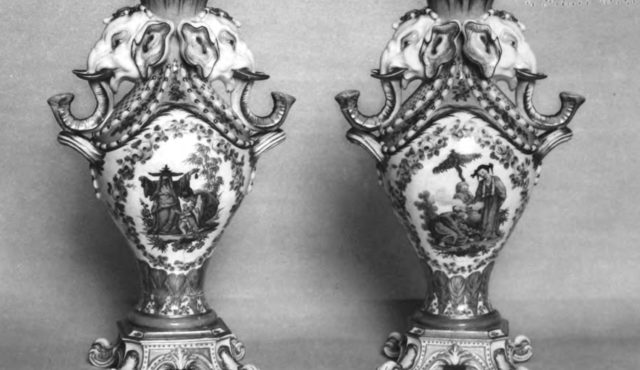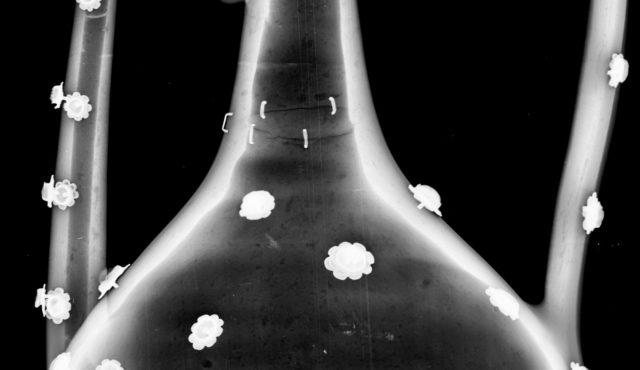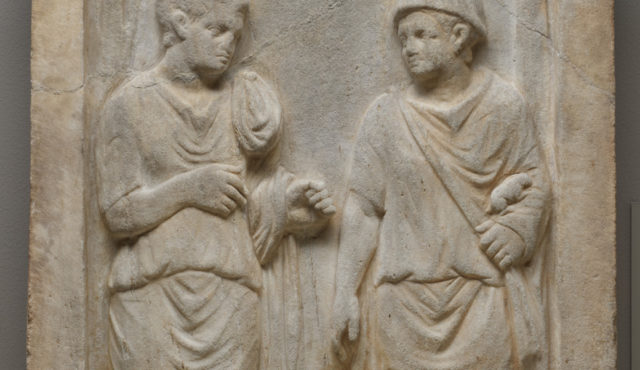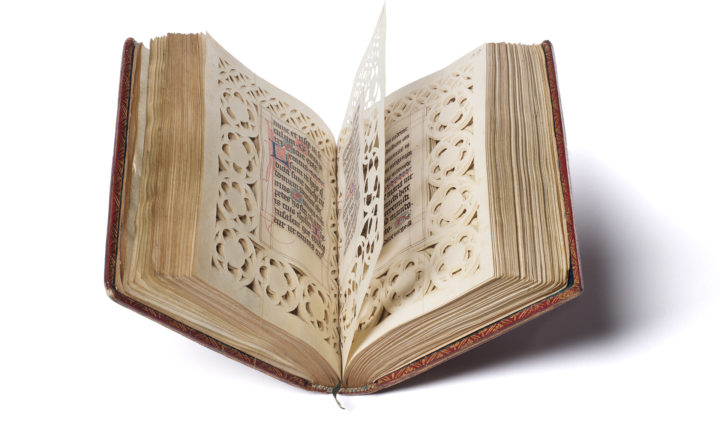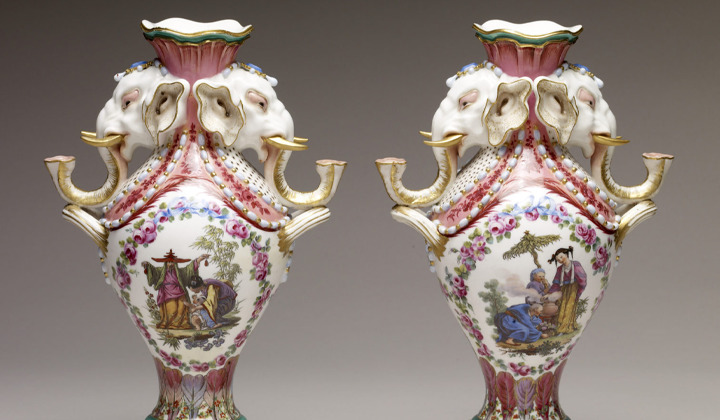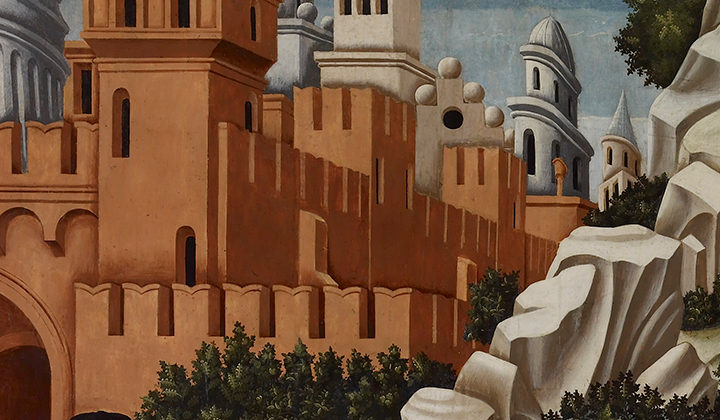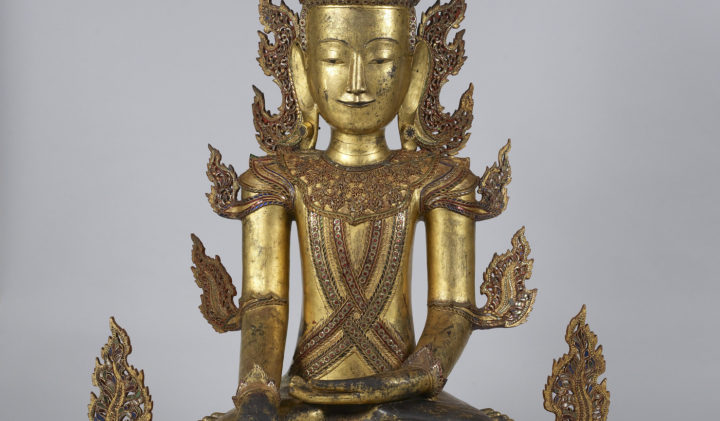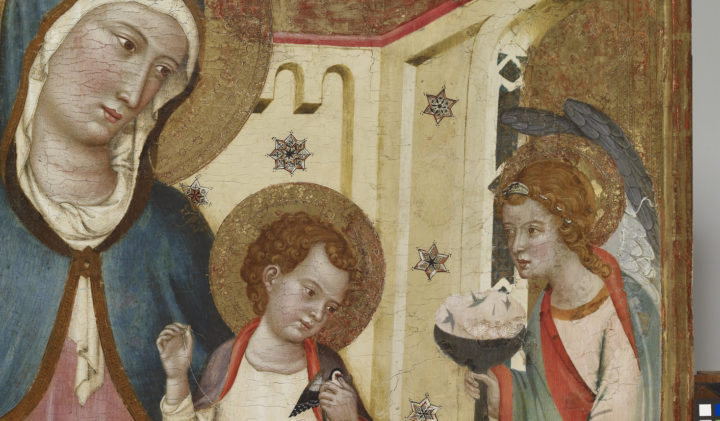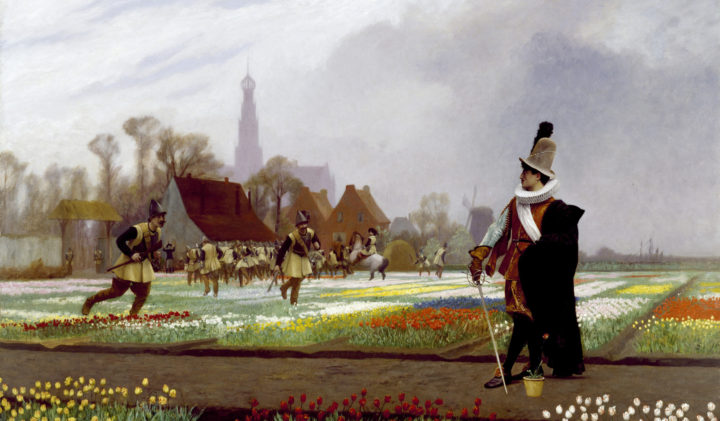“Our museum histories are intertwined.” With this opening remark, curator Joanne Pillsbury of the Metropolitan Museum of Art established a guiding theme at the May 10, 2019, scholarly workshop hosted by the Walters Art Museum. This meeting brought together curators of art of the Americas who were planning or had completed installations of their collections, and aimed to establish the state of the field as the Walters prepares to bring out its collection of art of the Americas in a dedicated space for the first time. The installation will draw largely upon the gift of over 300 works of ancient American art from the collection of John G. Bourne, made in a series of donations beginning in 2009.[1] Since there has never been a permanent gallery dedicated to the Americas collection at the Walters, the shared experience of curators who had created such installations assists museum staff in understanding how to best present the art of the Americas to twenty-first-century visitors in Baltimore. Curators from five major American art museums—the Museum of Fine Arts, Boston; the Brooklyn Museum; the Cleveland Museum of Art; the Denver Art Museum; and the Metropolitan Museum of Art—were invited to the Walters to present on their experiences in preparing for or executing installations of art from the Americas. (See full program here.) Several additional curators of art of the Americas were also in attendance, representing five institutions with significant holdings in this area: the Art Institute of Chicago; the Dallas Museum of Art; Dumbarton Oaks; the Museum of Fine Arts, Houston; and the Tucson Museum of Art. The group was rounded out by local representatives from the Baltimore Museum of Art and Johns Hopkins University, as well as Walters’ staff from the Curatorial, Conservation, and Education departments.
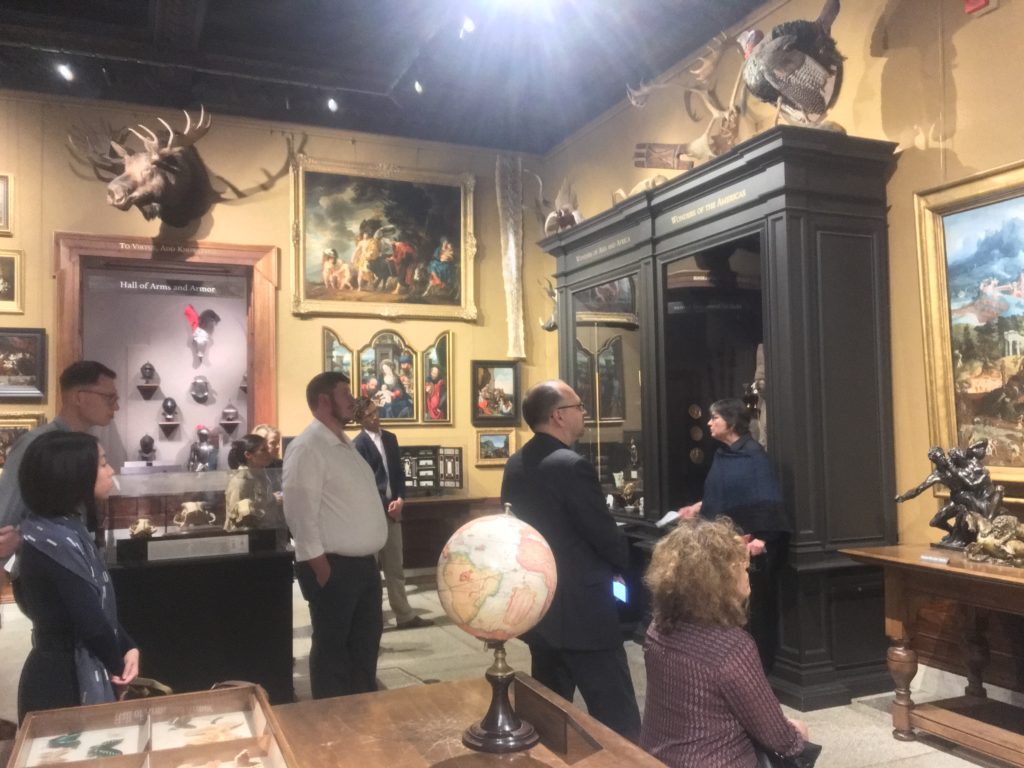
While in other subfields of art it is more common for curators to gather in order to discuss the challenges that exhibiting their collections pose, this has historically not been the case for art of the Americas. Whereas these curators are frequent attendees at scholarly conferences on specific cultures and regions, or which examine topics from interdisciplinary perspectives, none present at the Walters’ workshop could recall participating in exactly such a group—gathered expressly to address the challenges of curating art indigenous to the Americas.
This note reviews some of the discussion among participants in the workshop, as well as how the issues this exchange raised might apply to the Walters’ future displays of art of the Americas. Curators plan carefully for years in advance of a major collection installation to create gallery displays that are both educational and inspirational for visitors. A successful display simultaneously allows the excitement of discovery, provides grounding in a broad historical and geographic context, and offers a visually stunning and impressive experience.
The workshop commenced with questions of nomenclature. The curators’ collection areas have been variously categorized as art of the Americas, art of the ancient Americas, pre-Columbian art, and even until fairly recently, as Indian art of the Americas.[2] The terms scholars use to refer to these collections are not neutral. It is now acknowledged that the term “pre-Columbian” privileges the Spanish invaders, homogenizes many civilizations in the Americas across time and space, and is also confusing for audiences.[3] Joanne Pillsbury is the Andrall E. Pearson Curator of Ancient American Art in the Department of the Arts of Africa, Oceania, and the Americas at the Metropolitan Museum of Art. As the name of Pillsbury’s department suggests, when the Metropolitan began collecting and exhibiting ancient American art it was categorized within a problematically conceived grouping. When works from these regions were finally accepted into the museum’s collection, disparate cultures across continents were placed together under the rubric of “Primitive art,” a terminology that was in vogue from the 1950s through 1970s.[4] Today the department is responsible for artworks grouped together merely because of how they were evaluated according to Western scholars. Pillsbury was the lead curator of the exhibition Golden Kingdoms: Luxury and Legacy in the Ancient Americas (Getty Center and Metropolitan Museum of Art, 2017–18), which was very well received by the public. Demonstrating the confusion that terms for ancient American art can cause, Pillsbury shared that individuals under the age of fifty in the exhibition’s focus groups frequently assumed that the term “pre-Columbian” related to the modern nation of Colombia. At the Walters Art Museum, the name “Art of the Americas” has been used since the time of the Bourne gift, as the works in that collection spanned the Western hemisphere. That choice of naming has been validated in the past few years, as the collection also includes works from colonial Latin America dated to as late as the nineteenth century. While broad, the title “Art of the Americas” also allows Native American art, that is, art by Indigenous creators from what is today the United States, to be included within this designation. Furthermore, in the future it is envisioned that works by contemporary Latinx artists in the United States can be included in the gallery on a temporary or rotating basis, to offer a counterpoint to ancient material of the Americas.
Stating the name of a gallery, the “title wall” is typically the first layer of interpretation that visitors experience at a museum exhibition. Offering a second layer of information are wall texts and supplementary materials, such as images or maps, often termed “didactics.” These must carry the weight of conveying themes and knowledge to the visitor. A challenge across museum collections is to anticipate how much the audience engages with these materials, especially given that visitors are estimated to spend just about twenty-seven seconds, on average, in front of any given work.[5] Among the curators in attendance, the general consensus on how to approach this persistent problem was to insert as much information as possible into subject headings, as well as into the first sentences and introductory paragraphs of labels.[6] A particularly instructive paper on didactics was given by Susan E. Bergh, Curator of Pre-Columbian and Native North American Art, and Chair of the Department of the Arts of Africa and the Americas at the Cleveland Art Museum. Bergh has completed two reinstallations of the Americas collection since 2000. As part of her research, Bergh conducted extensive visitor studies on how patrons used the existing galleries, and what they wanted to see in these spaces once reinstalled. According to Bergh, what visitors want to know about works in the galleries are a basic narrative about the object, its function, the materials and techniques of its making,[7] why it is significant, why it is in the museum, and, perhaps most urgently, why they should care.
As questions of diversity, equity, accessibility, and inclusion have begun to drive museum practice, a topic especially germane to curating arts of the Americas is bilingual labels written in Spanish and English. Pillsbury noted that the rate of uptake for bilingual audio guides at the Metropolitan Museum was not particularly high. Victoria Lyall, the Frederick and Jan Mayer Curator of Pre-Columbian Art at the Denver Art Museum, reported that evaluations conducted at her institution revealed that it was not necessary for all labels to appear in both Spanish and English; the presence in galleries of header texts or section panels in Spanish was enough to signal a welcome to people who are Spanish dominant. However, it is worth noting that the Denver Art Museum uses bilingual labeling uniformly across all its galleries, not only in exhibitions that have to do with Latinx people and themes. Although there are many different regional variants of Spanish (Caribbean Spanish, for example, has its own vocabulary), it was agreed that the mere presence of some Spanish labeling in the galleries showed sensitivity that was palpable to audiences.
Perhaps surprisingly, evaluations at the Cleveland Museum indicated visitors were not especially concerned with the history of a given collection, that is, information about the people who formed it and how objects might have been acquired. However, Nancy Rosoff, the Andrew W. Mellon Senior Curator of Arts of the Americas at the Brooklyn Museum, argued that even before the release of the film Black Panther (2018), a movie including a dramatic scene in which a young Black man confronts a White curator about the history of a given object in a museum, the general public was often interested in an object’s past. Where did it come from? How did it get to the museum? Was it obtained legally? Is it ethical to possess such objects today? These questions may be uncomfortable for museum personnel to address, but according to Rosoff, they are increasingly of interest to visitors. The provenance of works of ancient art of the Americas, specifically, tends to have been deliberately obscured by the twentieth-century dealers who traded in them. Since many such merchants sold works to different museums, the research to uncover provenance and better understand these objects’ histories is another connection between institutions.[8]
The conversation also turned to the different ways that an installation or exhibition might be arranged; for example, curators may use geography, chronology, or culture as organizing principles. However, many museums without comprehensive holdings choose to organize installations by broad themes. But some of the attending curators said they strongly discouraged thematic installations of art of the Americas. Bergh, in particular, explained that audiences surveyed at Cleveland did not always understand why certain works were grouped together. Yet, thematic installations have tended to be useful for collections like the Walters, which are not as comprehensive as the Metropolitan’s. A less diverse collection means that not all geographic areas, cultures, or time periods can be equally represented.
An understanding of the connections across time and space can be fostered through maps and interactive technologies. Next, the group discussed how digital technology, such as iPads, videos, or Augmented or Virtual Reality (AR or VR) experiences, fits into the gallery setting. Such technology affords important opportunities for enhanced visitor experiences, but also is the source of challenges because of how quickly available technology can change and become obsolete. Dennis Carr, the Carolyn and Peter Lynch Curator of American Decorative Arts and Sculpture at the Museum of Fine Arts, Boston, described an existing touchscreen that enables visitors to see all sides of round Maya vessels in a virtual, two-dimensional single view. [9] This application has so far proven to be a longer-term asset for the museum. The discussion also raised questions about whether videos or audio clips can be used productively and with what kinds of platforms.
Exhibiting objects that foster cross-cultural or cross-temporal dialogues also has the potential to offer transformative experiences to visitors, and to create bridges to the twenty-first century. For example, a museum might place ancient Maya materials in dialogue with the works of other cultures or with contemporary Guatemalan/Latin American artworks. Interesting contrasts will emerge as viewers can observe similar materials, such as ceramics, which were produced in disparate ways, or differences and similarities among works from different cultures. Since the Walters is an important resource for the Maryland Institute College of Art (MICA), the Baltimore School for the Arts, and other art schools in the region, the inclusion of contemporary art and exhibitions that provide contrasts takes on great importance. Since 2019, the Walters has begun collaborations with living artists, such as René Treviño, whose work engages deeply with pre-Spanish and Indigenous American materials, aesthetics, and subjects; these collaborations have proved fruitful in engaging contemporary audiences and inviting them to see ancient works in new ways.
While the viewpoints of participants may have varied, this convening revealed that their curatorial concerns were often the same. The museums’ “intertwined histories” made this workshop particularly important as a venue in which to share possible solutions and approaches to the questions and issues about the display of ancient American art. The discussions we undertook will enrich the display of this art at the Walters in the years to come.
Many thanks are due to the speakers at this curatorial gathering: Sue Bergh, Dennis Carr, Victoria Lyall, Joanne Pillsbury, and Nancy Rosoff.
[1] See Exploring Art of the Ancient Americas: The John Bourne Collection. Dorie Reents-Budet, with contributions by Julie Lauffenburger et al. and a foreword by John Bourne. (Baltimore: Walters Art Museum in association with D. Giles, 2012). This catalogue was published on the occasion of an exhibition dedicated to the Bourne collection at the Walters.
[2] Until 2016, the Art Institute of Chicago referred to its collection and galleries as Indian art of the Americas.
[3] A description of how “pre-Columbian” began to be used and why it is problematic can be found in Cecelia Klein, “Not Like Us and All the Same: Pre-Columbian Art History and the Construction of the Nonwest,” RES: Anthropology and Aesthetics 42 (Autumn 2002): 131–38. A most recent update is from Joanne Pillsbury in “Pre-Columbian: Perspectives and Prospects,” Latin American and Latinx Visual Culture 1, no. 1 (2019): 121–27.
[4] For a comprehensive discussion of the history of the Metropolitan’s acceptance of pre-Columbian art, see Joanne Pillsbury, “Recovering the Missing Chapters,” in Making the Met, 1870–2020, ed. Andrea Bayer with Laura D. Corey (New York: Metropolitan Museum of Art, 2020), 203–9.
[5] L. F. Smith, J. K. Smith, and P. P. L. Tinio, “Time Spent Viewing Art and Reading Labels,” Psychology of Aesthetics, Creativity, and the Arts 11, no. 1 (February 2017): 77–85, https://doi.org/10.1037/aca0000049.
[6] Similar strategies are proposed in Beverly Serrell’s seminal Exhibit Labels: An Interpretive Approach (New York: Rowman and Littlefield, 2015).
[7] Juan-Antonio Murro of the Dumbarton Oaks Museum echoed this concern, adding that at his institution, visitors had shown a particular appreciation for knowing about the tools used to create works in the pre-Columbian collection.
[8] The Getty’s Pre-Hispanic Art Provenance Initiative (PHAPI) is beginning to unravel some of these stories through the acquisition of the archives of the Stendahl Galleries. https://www.getty.edu/research/scholars/research_projects/index.html In addition, the records of the Brummer Gallery have been digitized by the Metropolitan and are also beginning to shed light on the networks of collecting and dealing of these works in the early to mid-twentieth century. https://www.metmuseum.org/art/libraries-and-research-centers/watson-digital-collections/cloisters-archives-collections/the-brummer-gallery-records
[9] Carr has since taken up a new position as the Virginia Steele Scott Chief Curator of American Art at the Huntington Library, Art Museum, and Botanical Gardens.
